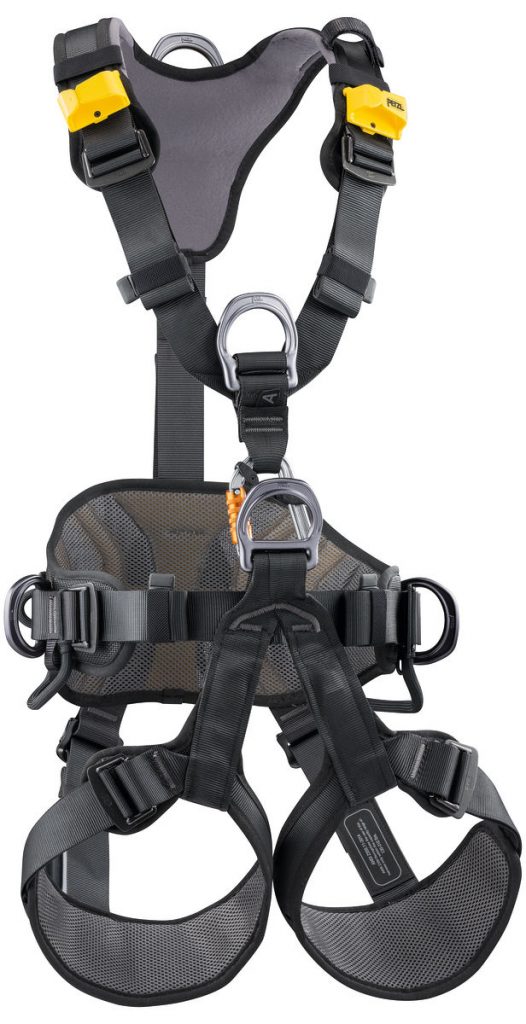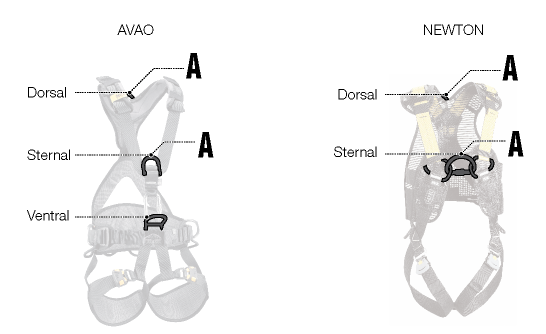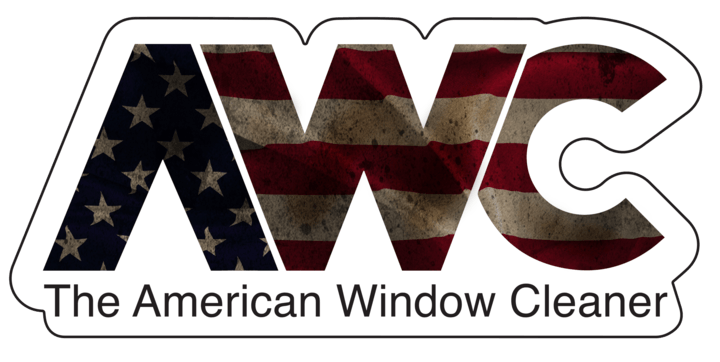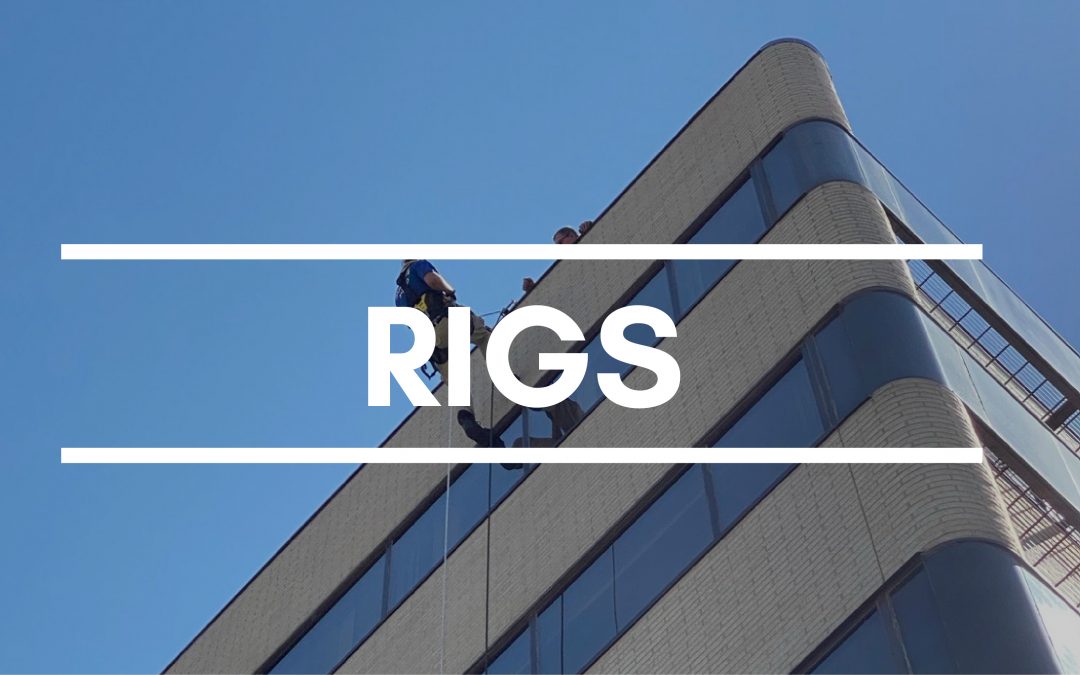 The window cleaning industry places its workers in a variety of environments that require a worker to be in fall protection. For instance, mobile elevated work platforms suspended scaffolding, and high-rise work necessitates harness use. When selecting a harness, you will note that there are several choices. A traditional fall protection harness will have a dorsal or back attachment point. Some harnesses have a sternal or front and a back attachment and still, further, some sit harnesses have all the above plus other rigging rings. So, the question arises where can I place my lanyard? Let’s review the options.
The window cleaning industry places its workers in a variety of environments that require a worker to be in fall protection. For instance, mobile elevated work platforms suspended scaffolding, and high-rise work necessitates harness use. When selecting a harness, you will note that there are several choices. A traditional fall protection harness will have a dorsal or back attachment point. Some harnesses have a sternal or front and a back attachment and still, further, some sit harnesses have all the above plus other rigging rings. So, the question arises where can I place my lanyard? Let’s review the options.
>>> Dorsal Attachment
When placing the lanyard on the back or dorsal attachment point what is to be considered? A back attachment may allow for greater mobility as the lanyard can be longer. A lift for instance would almost require a back attachment as the anchor points on the lift are usually by the controls, so it makes a front attach impossible. When deciding which attachment point to use you must also consider lanyard length and also where the rope grab or anchorage will be located. Let’s consider OSHA 1910.140 on this.
1910.140(d)(2)(ii)
Personal fall arrest systems are rigged in such a manner that the employee cannot free fall more than 6 feet (1.8 m) or contact a lower level. A free fall may be more than 6 feet (1.8 m) provided the employer can demonstrate the manufacturer designed the system to allow a free fall of more than 6 feet and tested the system to ensure a maximum arresting force of 1,800 pounds (8 kN) is not exceeded.
For example, let’s say that a person was going to back attach on harness with a 6ft lanyard. That being the case the anchor or rope grab would need to be above the person to meet the guidelines above. If the anchor or rope grab were to be at say the feet of a worker this would allow for a 12ft free fall exceeding the 6ft guidance above. It’s not as simple as where do I attach but also what other components will be utilized to make up the fall protection system.
>>> Sternal Attachment
OSHA does allow for attaching to the sternal attachment of a harness, but they do offer a limiting mandate of lanyard length. See below. (Note OSHA made an error with the word “pre-sternal” that has yet to be corrected. There isn’t a “pre-sternal attachment” they intended sternal.)
1910.140(c)(22)
Personal fall protection systems must be worn with the attachment point of the body harness located in the center of the employee’s back near shoulder level. The attachment point may be located in the pre-sternal position if the free fall distance is limited to 2 feet (0.6 m) or less.
Many people misinterpret this as saying the lanyard if sternal attached can’t be longer than 2’. That isn’t what is said. It says free fall distance is limited to 2ft. So again, as mentioned the dorsal attachment where the rope grab or anchor point is located is crucial. A rope descent worker for instance when climbing over the side of a building may place his rope grab over the wall. If this is the case the maximum the lanyard could be to meet the OSHA standard above would be 1’. That would be a two-foot free fall before the grab engaged. Again, much consideration is given to the work environment also the varying components of the fall protection system.
Regardless of where a person decides to attach, consideration should be given to a prompt rescue.
1910.140(c)(21)
The employer must provide for prompt rescue of each employee in the event of a fall.
Very simply if an employer has an employee in a harness there is a possibility that the employee could fall to his harness. If that occurs, how do we get them down? The dorsal attachment is especially crucial as suspension trauma can set in within 15-20 mins endangering the worker even further. Again, consideration should be given to a rescue plan as part of pre-planning the job site.
-By Michael Draper


This is a good summary. I appreciate you writing this piece. Very informative
Very important article. Thanks Mike.